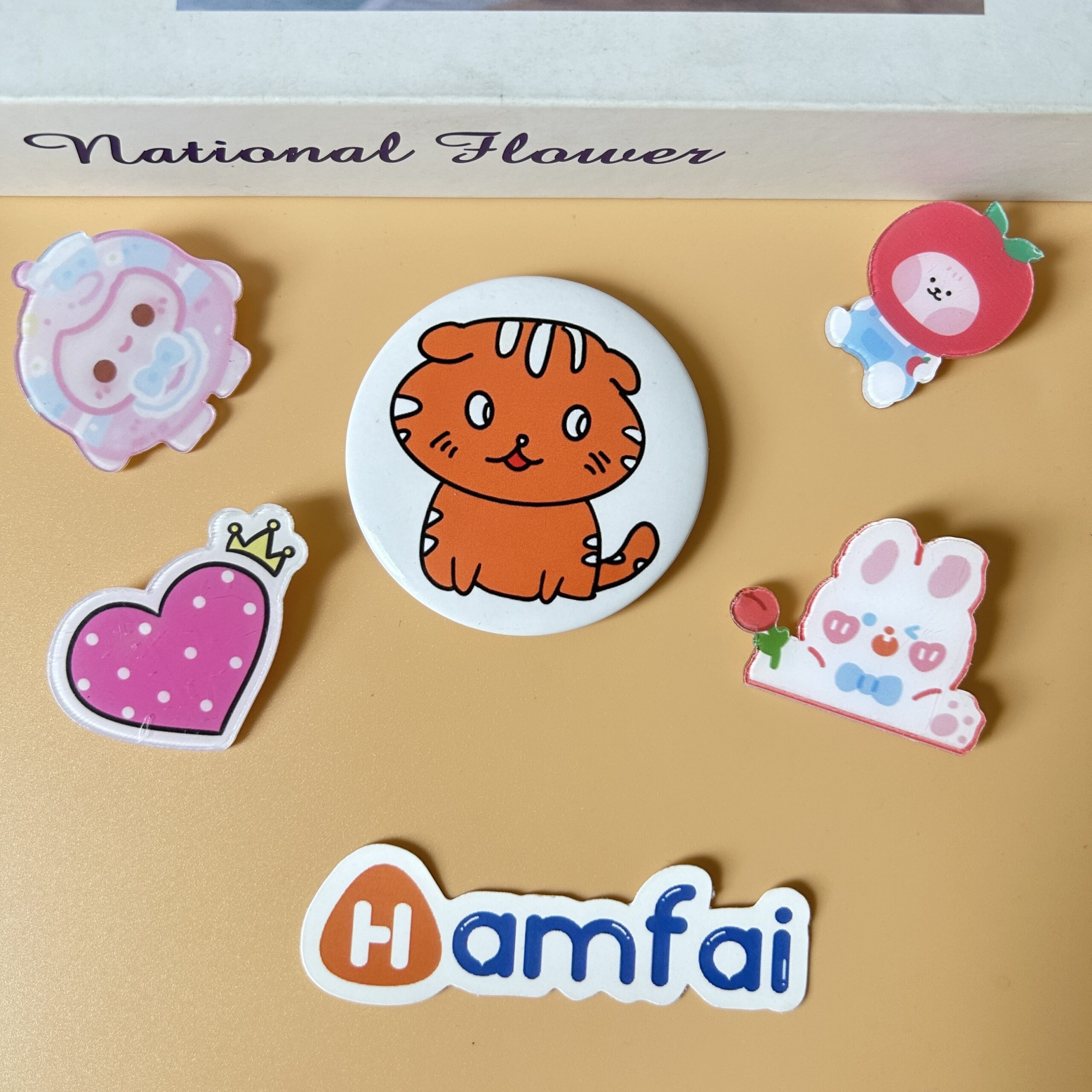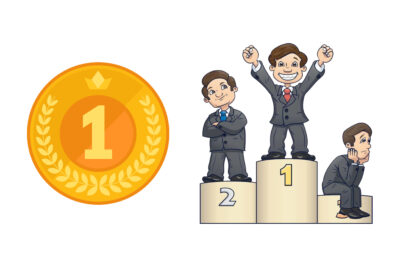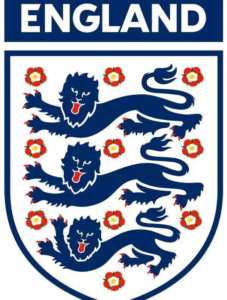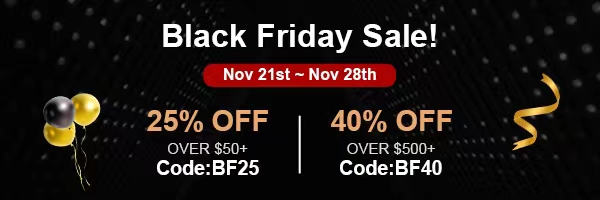
History of the Badge

The history of the badges can be traced back to ancient times. As the concept of the coat of arms is related to signs and symbols, similar concepts and practices exist across different cultures and times. However, the form and use of the modern coat of arms can be traced back to Europe in the late 18th and early 19th centuries. During that period, badges became popular in military, political and social organizations. They are used to denote achievement, status, belonging, and rewards. Some well-known badge manufacturers and designers also emerged during this period.
Now that we have talked about the history of the coat of arms, we have to mention the history of the coat of arms of England. The history of the coat of arms of the United Kingdom is closely intertwined with its rich heritage and evolving symbolism. This article will expand on the history of the development of the coat of arms and the history of the coat of arms of England.
Who Invented Badges? When was it Invented?
The exact inventor or origin of the badge is not well documented. They may have developed and evolved independently in different regions and cultures, with different societies and groups adopting the concept and use of the emblem over time.
Ancient Civilizations
Badges or insignias were used in ancient civilizations such as Egypt, Rome, and Greece to signify ranks, authority, and achievements. They were often worn by military officers, officials, and nobility as symbols of status and power.
Medieval Heraldry
During the medieval period, badges gained prominence in heraldry. Nobles and knights would wear badges or coats of arms to display their family lineage, allegiances, and achievements. These badges were intricately designed and represented the individual’s heraldic identity.
Military Badges
In the 18th and 19th centuries, military badges became more standardized and widely used. They were worn by soldiers to denote their regiment, rank, and achievements. Military badges were important for identifying soldiers in battle and instilling a sense of pride and camaraderie.

Police and Law Enforcement Badges
The use of badges in law enforcement can be traced back to medieval times when constables and sheriffs wore badges to symbolize their authority. Over time, these badges evolved to become the iconic symbols of law enforcement agencies.
Organizational and Membership Badges
In the 19th and 20th centuries, badges became common in organizations and associations. They were used to indicate membership, affiliation, and recognition within specific groups, such as fraternal organizations, clubs, and professional associations.
Modern Usage
In the modern era, badges continue to be used in various contexts. They are commonly seen in the military, police, emergency services, sports teams, schools, workplaces, and events. Badges are used to identify personnel, acknowledge achievements, indicate authority, promote branding, and foster a sense of belonging.
Modern Usage
In the modern era, badges continue to be used in various contexts. They are commonly seen in the military, police, emergency services, sports teams, schools, workplaces, and events. Badges are used to identify personnel, acknowledge achievements, indicate authority, promote branding, and foster a sense of belonging.
England Badge History
Early Years
The first recorded use of a badge representing England dates back to 1872 when the team played their first international football match against Scotland. The early badges were simple designs featuring the three lions emblem, which has been associated with English royalty for centuries.
Three Lions Emblem
The three lions emblem is derived from the royal arms of England, which features three golden lions passant guardant on a red background. This emblem represents strength, nobility, and the historical association of lions with England.
Evolution of the Badge
Over the years, the England badge has undergone various changes and iterations. In the early 20th century, the badge featured a simplified version of the three lions emblem. Subsequent versions included different design elements such as a shield, ribbons, and banners with the words “England” or “The FA” (Football Association).
The Three Lions Crest
In the 1940s, the England badge evolved into the iconic Three Lions Crest that is still used today. The crest features a shield with the three lions emblem, surrounded by ten Tudor roses representing the traditional counties of England. Above the crest is a crown, symbolizing the monarchy.

Modern Adaptations
In recent years, the England badge has been further refined and modernized. It features a simplified and sleek design, maintaining the essential elements of the Three Lions Crest. The badge is usually displayed on the England national team jerseys and represents the pride and heritage associated with English football.
The England badge is recognized globally as a symbol of English football and is worn with pride by players and supporters alike. It represents the legacy, tradition, and passion associated with representing England on the international football stage. The design of badges have evolved throughout history, they often feature unique symbols, emblems, or text to convey specific meanings. Badges have become important visual representations that communicate identity, authority, achievements, affiliations, and accomplishments in a wide range of domains.
Step into a world of style and quality with our hamfai custom badge & pin. It’s more than a badge & pin – it’s a symbol of exceptional service, unparalleled craftsmanship and a shopping experience. Stand out from the crowd and grab the attention of passers-by by proudly displaying your own personally designed badge. Hamfai can not only customize acrylic Badge & Pin with various patterns, sizes and colors you want, but also provide various badge shapes you want, square or irregular. In addition, custom badges & pin can also choose different materials, acrylic, tinplate and metal materials are up to you. Different from the badges mentioned above, we can also do different processing effects on the surface of the badges, such as glossy film, matte film and holographic broken glass or star effect. So come on in, embrace the allure of our hamfai, and claim your very own exclusive promotional badge & pin. You will discover a shopping experience that exceeds expectations and indulge in the best products our store has to offer.

